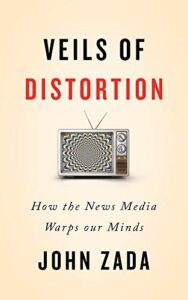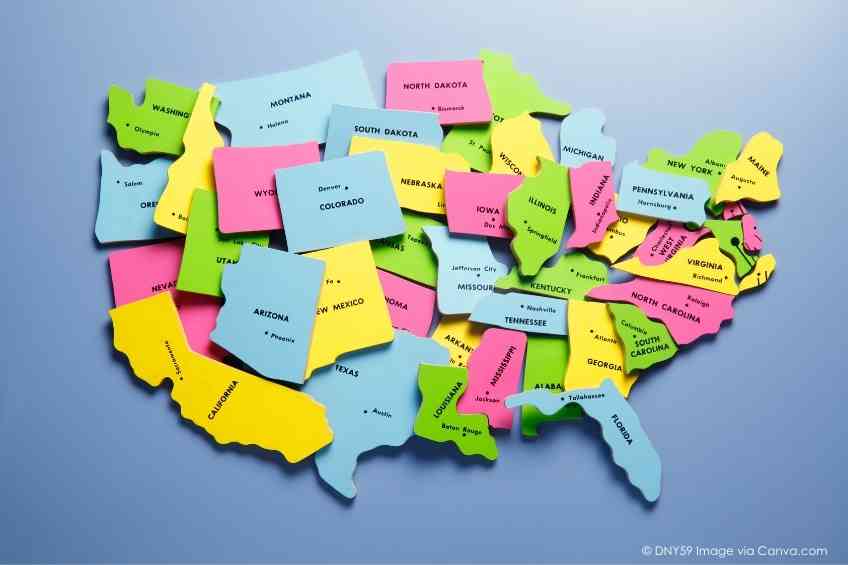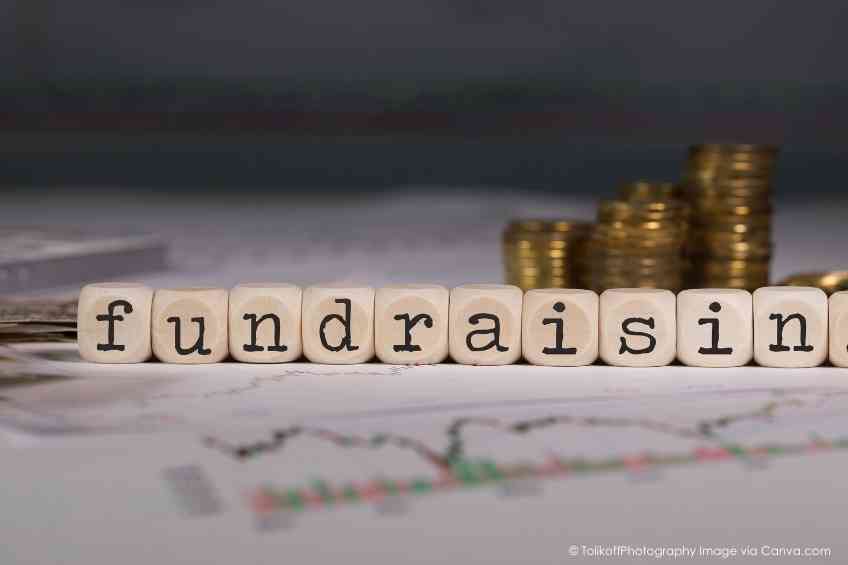Fake news can be found almost everywhere today. And even if the news isn’t fake, it’s pretty damn depressing. Okay, maybe today’s broadcast, print and digital outlets aren’t killing people with their reports, but they aren’t helping anyone feel better about what’s going on locally, nationally or globally. Unfortunately, this deluge of dread may not get much better anytime soon, at least according to journalist John Zada, who notes the press is doubling down in their efforts to shock and entertain as a way of attracting audiences. Can anything be done? Zada thinks so, but it won’t be an easy transition. The author of Veils of Distortion: How the News Media Warps Our Minds did, however, takes the time to talk to WellWell about why the news is so negative; what it’s doing to those who absorb these reports; and what can be done to lighten and balance its tone.
You worked as a journalist for over 20 years. When did you first begin to see many of the issues raised in your book or even form this concept of Veils of Distortion?
I began working in hard news, in television news, a little over a decade ago. That’s the CBC news network in Toronto, which is the national 24-hour rolling news station. But to be honest, it took me about five years to find my legs in terms of work and to develop the capacity to start really looking more in-depth into what I was doing. So, I would say probably around or just before the election of Trump. I started to kind of see the cracks and the faults. I guess the problems that are in the business essentially. And then as time went on, it became a bit more visible as the business again became more driven by bias, argument, and conflict.
It’s interesting that you say a lot of this really started to come to a head with the Trump presidency. A lot of the issues that you bring up had been lingering for some time and Trump and that whole movement really just escalated them. Do you think that is a fair assessment? Do you think that was when a lot of people became fully disillusioned with news media? 
I think these tendencies have existed for as long as hard news has existed and I think there has been disenchantment among certain people and certain demographics in certain sectors of the public with regard to hard news for a very long time. But I think it’s sort of gone off the charts in the Trump era and people who have traditionally or for a longer time have been more tolerant of those tendencies have been alienated. I guess I would say that the news business has kind of really turned a hard corner in more recent years in terms of really going for the jugular in terms of capturing people’s attention.
There’s a great quote in the book: “Good news is no news.” Why is it that news media overlook positive news or only focus on the most negative angles and news pieces?
We’re sensitive to sudden changes in our environment. Whether there are events or movements in our peripheral vision, we evolve to survive by being hyper-aware of anything that could threaten our existence, as hunter-gatherers. So, any sudden change in the environment…it could be really bad weather, it could be a fire, it could be a volcano erupting, it could be a wild animal coming around the corner, it could be a rival tribe appearing…these are the sorts of things that are hard-wired into our consciousness in terms of survival. So, therefore, what the news looks for to capture our attention is sudden events. Whether they be plane crashes or wars, revolutions or conflicts…or anything that kind of smacks of this sort of sudden change in our environment that may threaten us.
And given that, what is the mental impact on a standard viewer who watches the news and is under the impression that the world is essentially on fire every day?
I think there’s an impact on a number of levels. One is that news, because it comes from everywhere, tends to aggregate and bring together filtered events and packages them as though they were all taking place immediately in your environment. So, you’re watching them and, in the sense, it kind of creates this illusion that whatever the news presents is what’s happening around you whereas in reality what is most relevant to each of us is what’s happening in our immediate environment. Of course, there are some events that happen at a distance that do affect us but when this presentation, when these newscasts, when all of this news is reported on a daily basis, because they’re filtered events, it creates the impression that everything happening around us is negative, is destructive, that the world is ending. And then, of course, it also creates a sense that taking in news daily can make one feel unwell, right? You feel powerless because there’s no way to stop things, it can trigger anxiety, it can trigger a kind of a fight or flight response in us. I mean I think the pandemic is, in a sense, one of the best examples of that and where for chunks of the duration of the pandemic, especially in the beginning and in the first half, the entire news cycles were completely dominated by it.
You see too, this mistrust that the news has generated through generations of these actions really comes to a head with COVID and how hard it’s been just to get across basic information to people about the pandemic. On the other side of that, news like how poverty continues to decline globally, doesn’t get covered because it’s less sexy? How would the news look if these long-term trends or positive trends were covered? Would people still watch it?
It’s really hard to say. I don’t think the answer is to kind of transform all news and make it all good for instance. But it’s going to depend on each different news service. Let’s say each service had the ability to kind of do its own thing. You might end up having different approaches and different versions. But I think what is certain about ways to actually improve news presentation delivery is to have more good news stories. Although it doesn’t have to be dominated by them. In fact, you couldn’t really because you’d have to report on the negative as well because the world is composed of negative news. I think rather than just harping on and focusing on the fact that something is bad and who’s to blame, maybe reports can be a bit more solutions-based. Looking more at how to address something or how to fix something as opposed to who to blame for it. And another approach is to take more of a dualistic approach in terms of presenting two sides of a story. What the news tends to do with the negative is to find a single cause, find a single person to blame or a single agency to blame and then just really, depending on the political slant of the news organization, drive home that point. In reality, nearly all events have had multiple causes, sometimes like numerous multiple causes that can go back years or even decades.
You touch on a lot of these tangible solutions for news media towards the end of the book. Do you think that the industry as a whole would be open to implementing change or do you think they are comfortable with the state that they’re in right now?
I would say that they’re more comfortable in terms of the way they do things. Partly because of standard operating procedures, partly because of the economics of news and of journalism and partly because of the types of people who run these operations. They tend to be lifelong staffers who are just comfortable in the way that they’re doing everything. But I think there are visionaries, there are people with new approaches. Those people tend to be the ones that are trying to do new things, start new organizations or commentators on the sidelines. News organizations, whether they’re publicly funded or whether they’re private, are still bureaucratic organizations. So, I think at best, you’re going to see some piecemeal changes but in terms of an actual larger, more meaningful and fundamental overhaul, I’m not sure that’s going to happen anytime soon.
 About John Zada
About John Zada
John Zada is an author, journalist and photographer based in Toronto, Canada. His first book, In the Valleys of the Noble Beyond: In Search of the Sasquatch, was chosen by Amazon as one of its 100 Best Books of the Year (2019). Hia reports have appeared in publications such as the Globe & Mail, Toronto Star, The Guardian, The Telegraph, Travel + Leisure, BBC, CBC, Al-Jazeera, New York Post, Explore, Maisonneuve, Montecristo, Los Angeles Review of Books, Toque & Canoe and Canadian Business.
Veils of Distortion: How the News Media Warps Our Minds can be purchased at Amazon.













